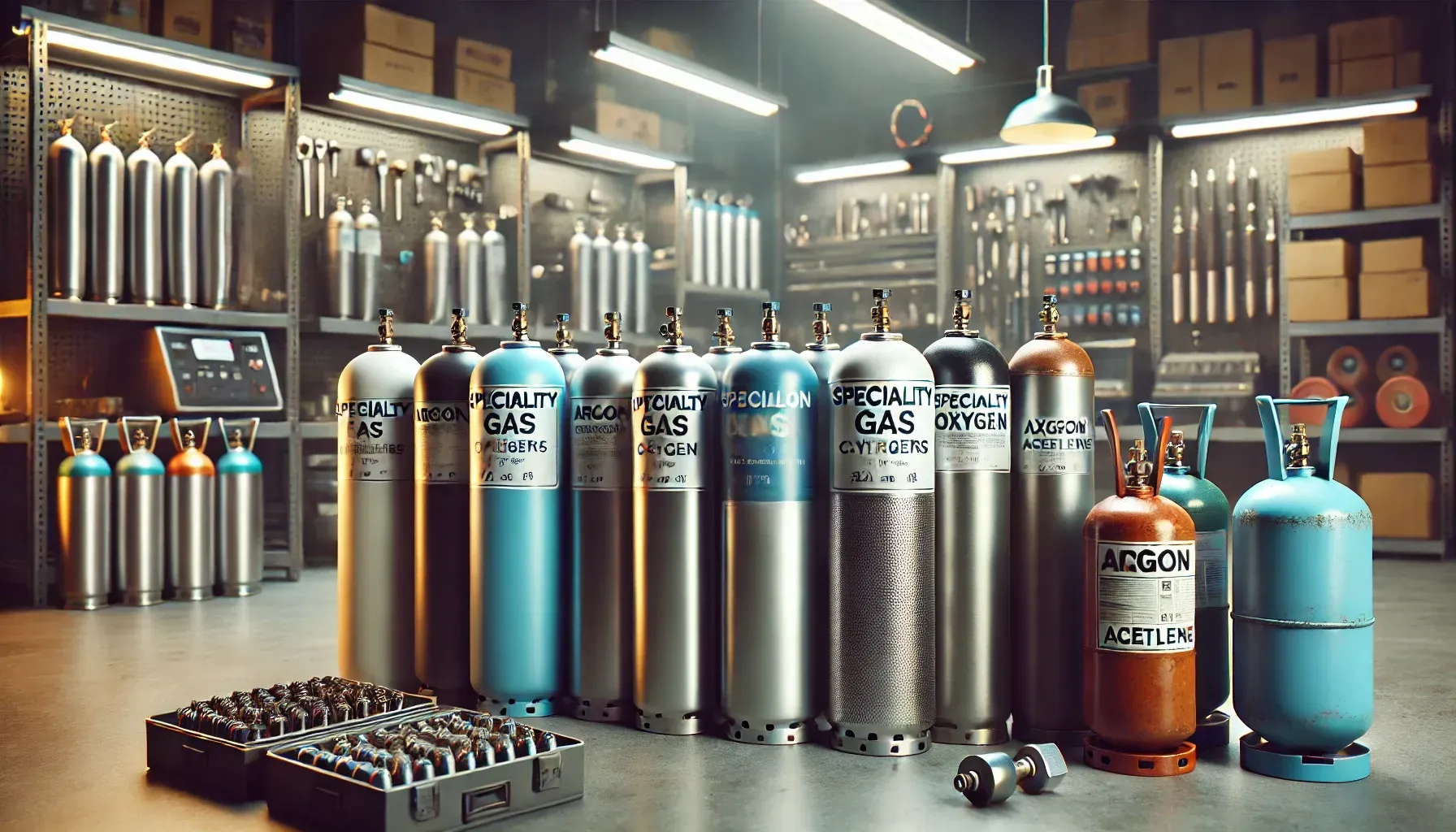All About Dry Ice: Uses, Safety, and Storage Tips
Introduction to Dry Ice

If you've ever marveled at the mysterious fog rolling across a stage or cooling down your favorite drinks in record time, chances are you've encountered dry ice. But what exactly is dry ice, and how is it used in everyday life? In this article, we'll dive into the fascinating world of dry ice, exploring its uses, how to handle it safely, and the best ways to store it.
What Is Dry Ice?
Dry ice is the solid form of carbon dioxide (CO2). Unlike regular ice, which is made from water, dry ice sublimates—meaning it turns directly from a solid into a gas without passing through a liquid stage. This unique property makes it incredibly useful in various applications, from shipping perishable goods to creating theatrical effects.
How Is Dry Ice Made?
Dry ice is produced by compressing and cooling CO2 gas until it liquefies. The liquid CO2 is then allowed to expand rapidly, which causes it to cool further and solidify into a block or pellet form. These blocks or pellets are what we commonly refer to as dry ice.
Uses of Dry Ice
Dry ice has a wide range of applications across different industries:
- Food and Beverage: Used to keep perishable foods fresh during transport.
- Medical: Essential for preserving biological samples and vaccines at ultra-cold temperatures.
- Theatrical Effects: Creates the iconic fog effect seen in films and stage productions.
- Cleaning: Used in a process called dry ice blasting to clean surfaces without water or chemicals.
- Science Experiments: Often used in educational demonstrations to illustrate concepts like sublimation and the properties of gases.
Advantages of Using Dry Ice
- Non-Toxic: Dry ice is a safe option for use around food and in medical applications because it’s non-toxic.
- Leaves No Residue: Since it sublimates, it leaves no water or mess behind, making it ideal for applications where cleanliness is important.
- Extremely Cold: With a temperature of -78.5°C (-109.3°F), dry ice is much colder than regular ice, making it highly effective for preserving frozen items.
Safety Precautions When Handling Dry Ice
Handling dry ice requires caution due to its extremely low temperature and potential hazards:
- Wear Protective Gloves: Direct contact with dry ice can cause severe frostbite.
- Ensure Good Ventilation: In enclosed spaces, dry ice can displace oxygen, leading to suffocation risks.
- Use Tongs or Insulated Tools: Avoid handling dry ice with bare hands; always use tongs or insulated tools.
- Store in a Ventilated Area: Store dry ice in a well-ventilated area to prevent gas buildup.
- Never Seal in an Airtight Container: As dry ice sublimates, it releases CO2 gas, which can cause airtight containers to explode.
How to Store Dry Ice
Storing dry ice properly is essential to maintain its effectiveness and ensure safety:
- Use an Insulated Container: A cooler or insulated box will slow down the sublimation process, keeping the dry ice solid for longer.
- Avoid Airtight Containers: As mentioned, dry ice should never be stored in airtight containers to prevent pressure buildup.
- Minimize Air Exposure: The more air that comes into contact with dry ice, the faster it will sublimate. Keep the container closed as much as possible.
- Store in a Well-Ventilated Area: Always store dry ice in a location with good airflow to disperse any CO2 gas that is released.
Transporting Dry Ice
Transporting dry ice safely requires similar precautions as storage:
- Use a Proper Container: An insulated container is essential for transporting dry ice, especially over long distances.
- Keep Windows Open: If transporting dry ice in a vehicle, keep windows slightly open to ensure adequate ventilation.
- Label the Container: Clearly label the container to indicate that it contains dry ice, warning others of the potential hazards.
Common Applications of Dry Ice in Everyday Life
- Camping and Outdoors: Dry ice is often used to keep food frozen during camping trips.
- Halloween Decorations: It’s popular for creating spooky fog effects at Halloween parties.
- Home Science Experiments: Perfect for DIY science experiments that demonstrate sublimation and gas expansion.
Innovations in Dry Ice Technology
Recent advances in dry ice technology have expanded its uses:
- Dry Ice Blasting: A method of cleaning that uses dry ice pellets to remove contaminants from surfaces without damaging them.
- Cold Chain Logistics: The use of dry ice in cold chain logistics ensures that vaccines and other perishable items remain at the correct temperature during transport.
- Enhanced Safety Packaging: New packaging solutions are being developed to safely transport dry ice, reducing the risk of accidents.
Environmental Impact of Dry Ice
Dry ice is considered environmentally friendly in many ways:
- No Chemical Residue: Since dry ice sublimates, it leaves no chemical residue or waste behind.
- CO2 Recycling: Many dry ice manufacturers use recycled CO2 from industrial processes, reducing the overall carbon footprint.
Challenges Associated with Dry Ice
Despite its benefits, dry ice presents some challenges:
- Short Shelf Life: Dry ice sublimates quickly, so it must be used within a short time frame.
- Handling Risks: The extreme cold can cause injuries if not handled properly.
- Cost: Dry ice can be more expensive than regular ice, particularly for large-scale applications.
Comparing Dry Ice to Regular Ice
| Feature | Dry Ice | Regular Ice |
|---|---|---|
| Temperature | -78.5°C (-109.3°F) | 0°C (32°F) |
| Sublimation/Melting | Sublimates | Melts |
| Residue | None | Water |
| Cost | Higher | Lower |
| Handling Safety | Requires Caution | Safe with Bare Hands |
| Storage Duration | Shorter | Longer |
Using Dry Ice for Science Experiments
Dry ice is a favorite tool in science classrooms and DIY experiments:
- Sublimation Demonstrations: Show how dry ice changes directly from a solid to a gas.
- Balloon Expansion: Place dry ice in a balloon and watch it inflate as the CO2 sublimates.
- Bubbling Cauldron Effect: Create a bubbling cauldron by adding dry ice to water, perfect for Halloween science fun.
For over 80 years, Metro Welding Supply Corp has been the trusted partner for businesses across Southeast Michigan, delivering high-quality welding supplies, specialty gases, and exceptional customer service. Whether you’re in construction, manufacturing, or healthcare, we have the products and expertise to meet your needs. Our team is committed to providing reliable solutions that keep your operations running smoothly. Contact us today at 313-834-1660 or via email at sales@metrowelding.com to learn how we can support your business with the best in welding supplies and specialty gases.
How long does dry ice last?
Dry ice typically lasts between 18 to 24 hours in a cooler, depending on the size of the block and the storage conditions.
Can dry ice be used to cool drinks?
Yes, dry ice can be used to cool drinks, but it should not be ingested directly. Always ensure that the dry ice has fully sublimated before consuming the beverage.
Is dry ice safe to use at home?
Dry ice is safe to use at home as long as proper safety precautions are followed, including using gloves and ensuring good ventilation.
What should I do if I get frostbite from dry ice?
If you experience frostbite from dry ice, seek medical attention immediately. Warm the affected area slowly with lukewarm water and avoid direct heat.
Where can I buy dry ice?
Dry ice is commonly available at grocery stores, ice suppliers, and some hardware stores. Metro Welding Supply offers dry ice in various quantities and forms. You can contact us for pricing and availability at 313-834-1660 or email at sales@metrowelding.com. It’s best to call ahead to check availability.
Ready to work with Metro Welding Supply Corp.?
Let's connect! We’re here to help.
Send us a message and we’ll be in touch.
Or give us a call today at 313-834-1660
Agency Contact Form
More Industry Tips, Tricks & Tools...
Industry Insights (i2)











